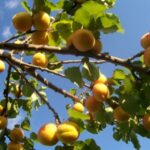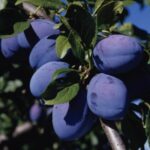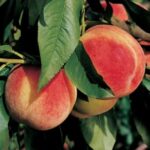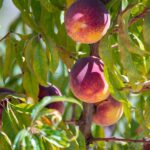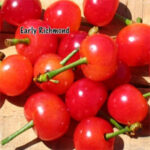Instant Orchard Tree Bundle
This is a great collection of bare root fruit tree varieties to start your backyard orchard! Self-fertile and easy to grow varieties, these trees will bear abundant crops of fruit. Ideal varieties for USDA Zones 5-9.
Orchard Tree Bundle Includes:
1 x Puget Gold Apricot (Bare root)
Puget Gold Apricot was developed in western Washington and is the easiest to grow and most disease resistant Apricot variety we have found.
1 x Early Richmond Cherry Tree (Bare root)
Early Richmond Pie Cherry is a heavy-producing, widely adapted tree that is vigorous and healthy in many climates and soils. Self-fertile.
1 x Italian Plum Tree (Bare root)
A sweet, dark purple, freestone plum with firm, amber flesh, Italian plum is great for fresh eating and excellent for drying. Widely planted in the Northwest, this European variety is productive, reliable and easy to grow. Italian plum ripens in late August into September.
1 x Freckle Face Nectarine Tree (Bare root)
This juicy Nectarine features a deep red and amber skin with golden orange flesh and some freckling once sun kissed. The Freckle Face Nectarine has a very high sugar content that’s balanced by its acidity. This is a newer variety that has already won a few California taste tests.
1 x Salish Summer Peach (Q 1-8) (Bare root)
A unique white-flesh variety discovered in Washington State, Salish Summer, formally known as Q 1-8, Peach has showy pink blossoms that are followed by large, reddish-orange, juicy, and flavorful peaches. An excellent variety for Northwest gardeners, Q 1-8 Peach is very resistant to Peach Leaf Curl.
———————————————————————————————————————————————-
Site and Soil: 1/2 day to full sun and well-drained, moderately fertile soil.
Pollination Requirements: Self-fertile
Bearing Age: 1-2 years after planting
Ripening Time: Summer through fall
USDA Zones: 5-9

